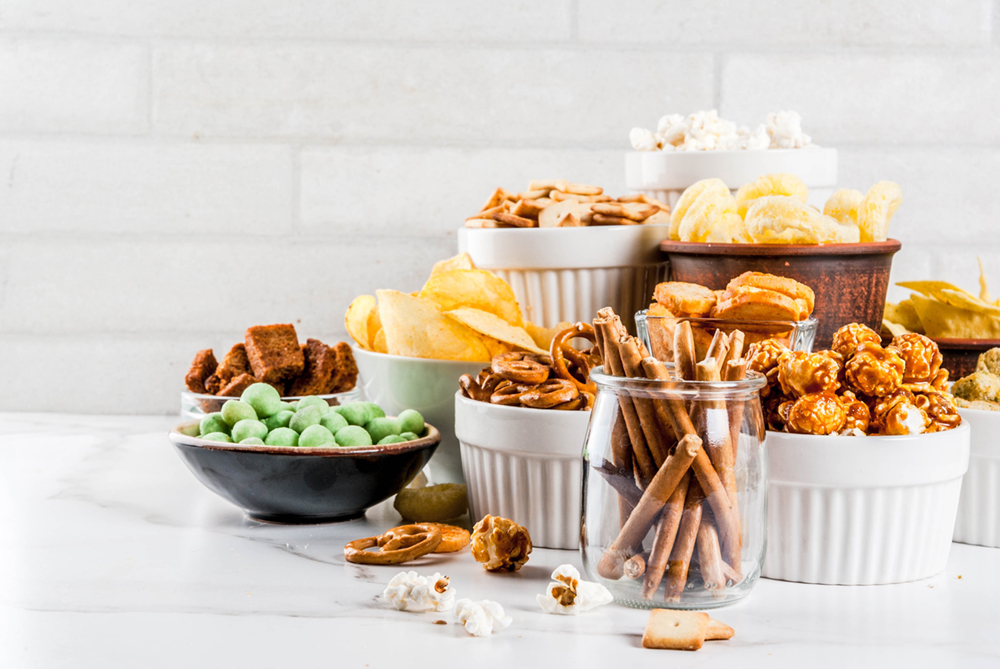Long Island Dietitian Tips to Healthy Snacking, Weight Loss and Maintenance: TO SNACK OR NOT TO SNACK – That Is the Question

It is well understood that snacking can be a significant factor in weight management and health, but the definition is inconsistent. A clear understanding is needed to prevent unwanted weight gain or to promote weight loss.
The simplest definition of a Snack is “any food consumed other than at a meal (an eating occasion).” Snack foods are selections that are high calorie, nutrient-poor foods that are often high in sugar and/or fats and sodium. What an individual chooses as their snack is different from having a snack.
Why do people snack? Many factors contribute to the motivation to snack, including, but not limited to, hunger (or fear of hunger), pleasure/taste, social, availability, boredom, habit, mindless eating, and emotions. People are often unaware of how many calories they eat when snacking since intake is often unrecognized, unaccounted for, and readily dismissed. The calories consumed when snacking can add up to be more than calories ingested during meals. Problem behaviors can be a contributing factor, as can compensation for the rigidity and deprivation of a one-size-fits-all diet program.
Whether to snack or not needs to be primarily dependent on hunger (stomach hunger, not appetite, the desire to eat): for most, if the interval between meals is greater than 5 hours, you may be too hungry for the next scheduled meal and therefore need a snack. And then I suggest a good quality selection. Though there are no “forbidden foods”, typical “junk foods/snack foods” need to be occasional foods.
As a registered dietitian, I work with clients to help them lose and maintain a healthy weight. Key factors to weight loss and management are developing healthy habits. Here are some tips to healthy snacking:
- Listen to your body. Are you hungry? Is this a habit? Identify triggers and when you feel like you need to snack.
- Make it easy. “Snack foods” can be healthy and readily available. Have a fruit or a low-fat cheese stick or a yogurt.
- Practice mindful eating. Turn off the TV, your computer, smartphone. Pay attention to the food on your plate and what you’re eating. Savor every bite.
Bottom line: Pay attention to when you snack, why you snack, what you select as a snack, and how much you eat.


